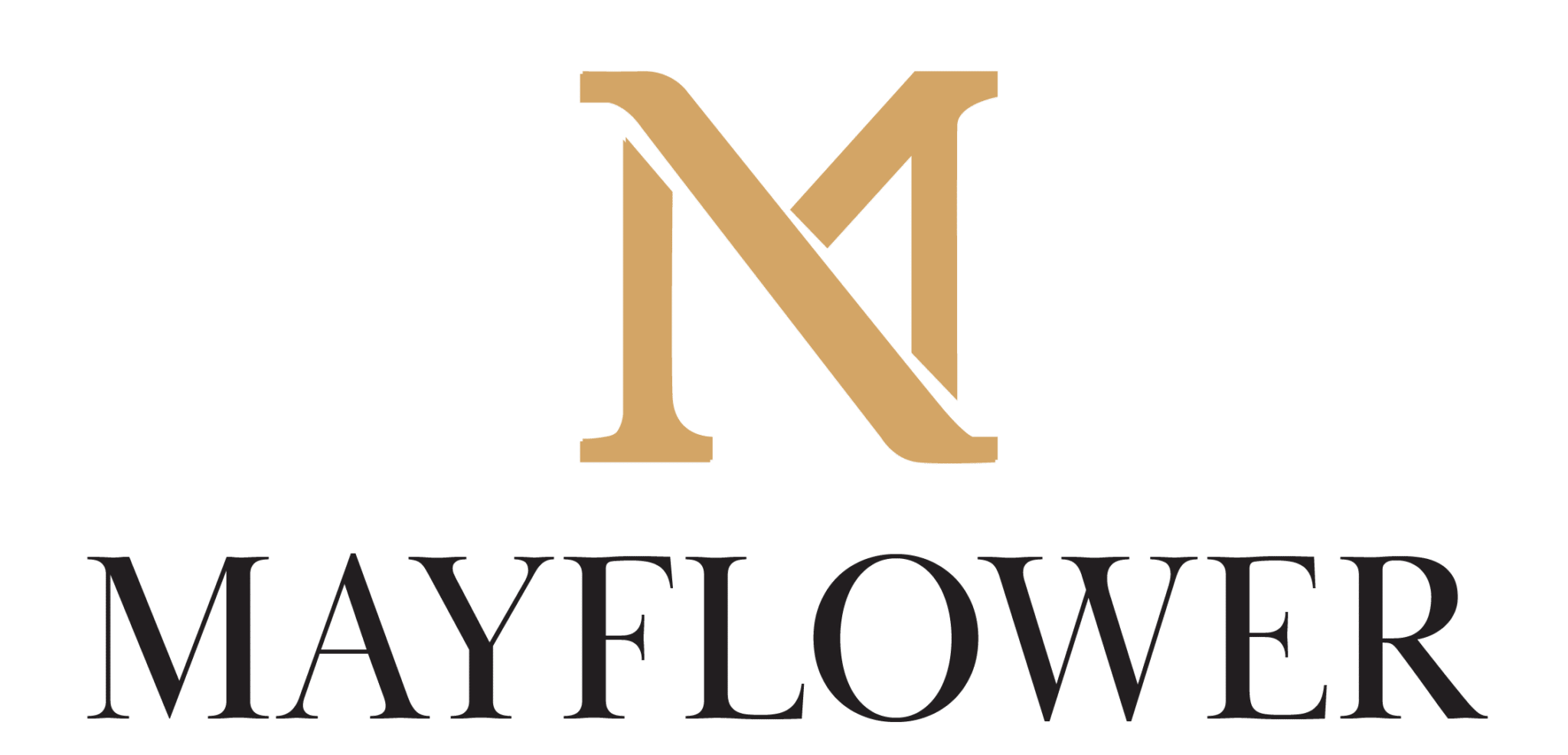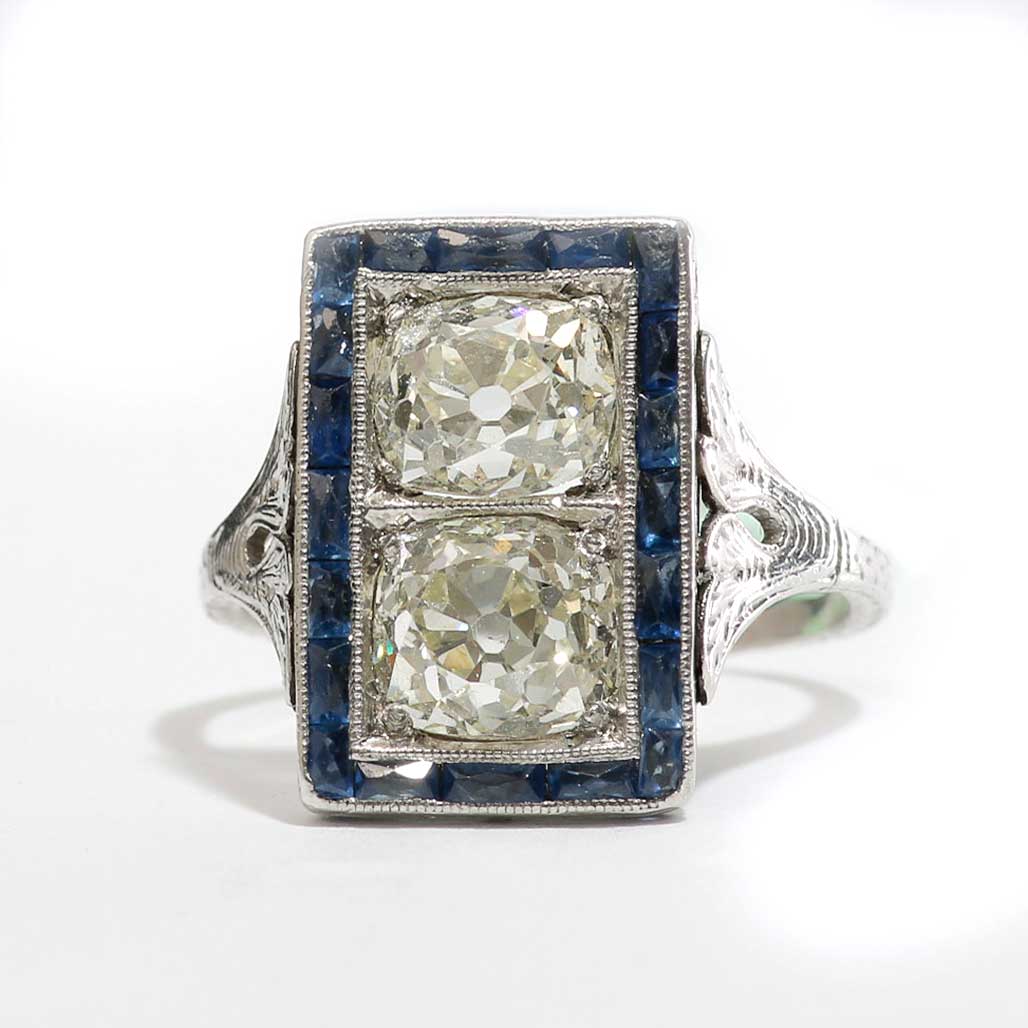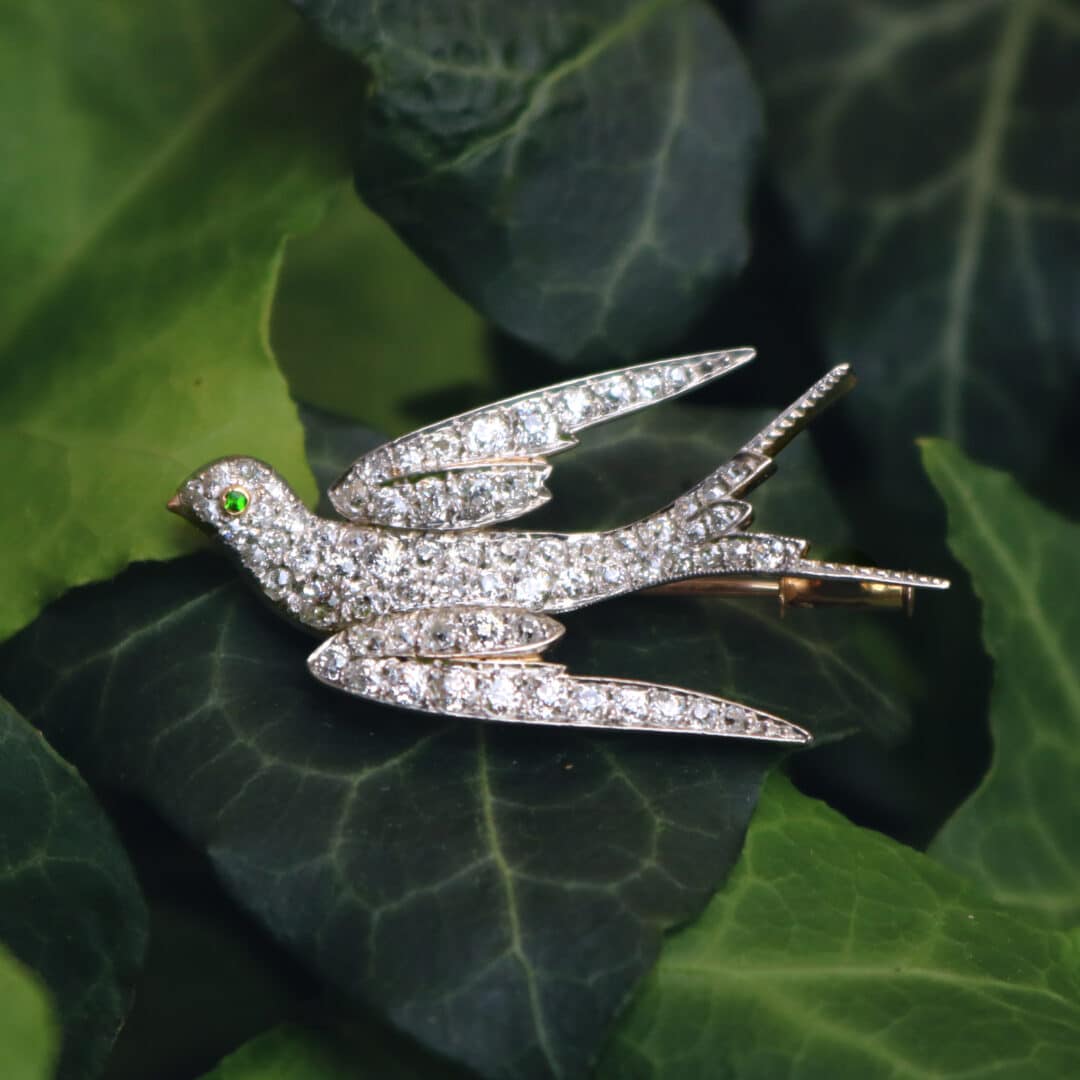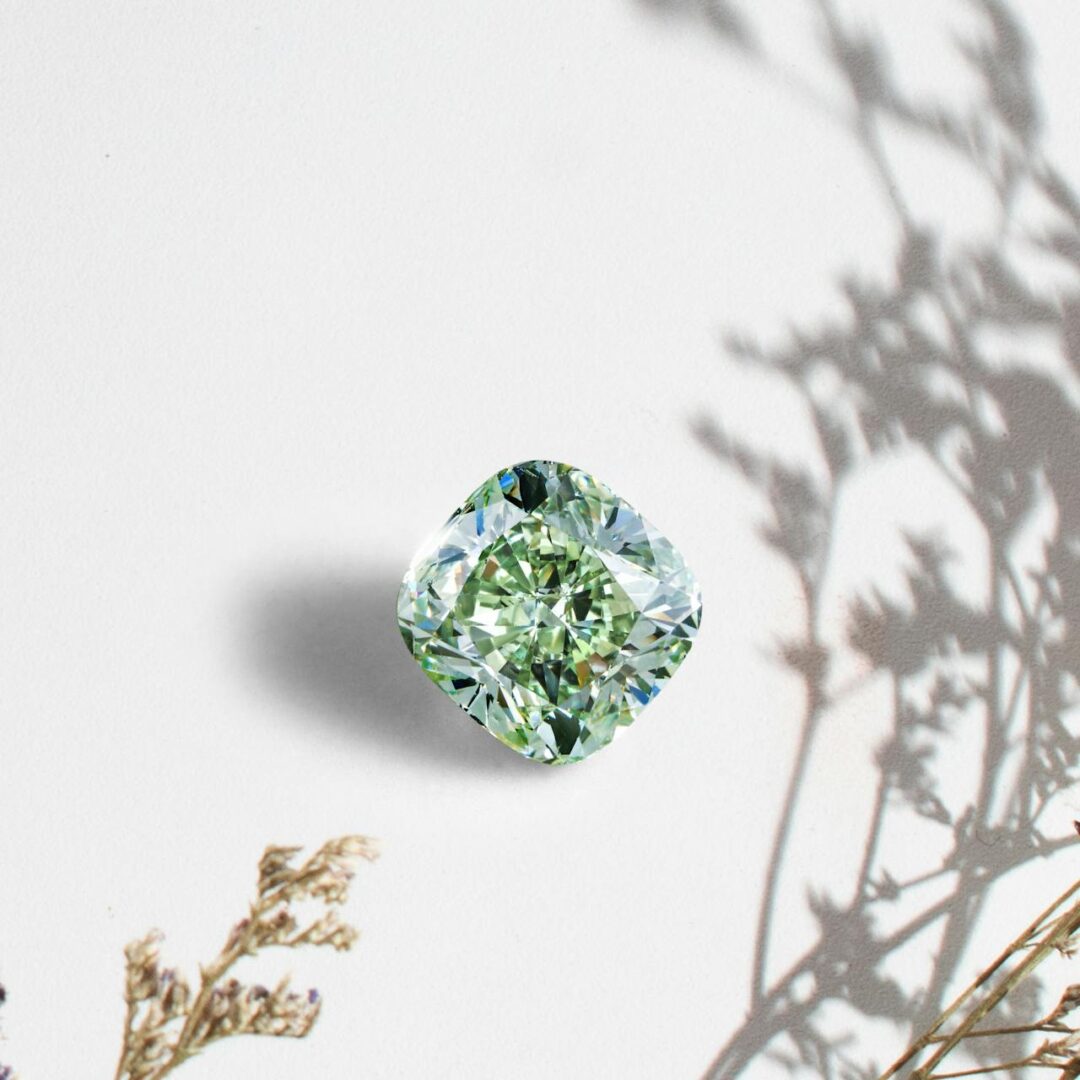Are Estate Diamonds the Answer to Lab-Grown Diamonds?
Lab-grown diamonds have opened the door to affordable sparkle, but with that accessibility comes high competition, inconsistent resale value, and increasingly murky sustainability claims.
Estate diamonds offer what lab-grown diamonds can’t: built-in story, long-term value, and a growing resale market gaining momentum across luxury categories.
The Changing Diamond Landscape
Lab-grown diamonds are here, and they’ve expanded bridal entry points for budget-conscious clients. But rapid technological change and broad availability are creating new challenges.
- Value is getting harder to explain. While it’s straightforward to tell customers the difference between lab-grown and mined diamonds, explaining why the price of lab-grown keeps dropping is increasingly difficult.
- Margins are tightening.
Competition from online and chain retailers is driving prices downward, leaving independent jewelers in a race to the bottom.
The New Diamond Shopper
Today’s diamond buyers aren’t just looking for the 4c’s, they’re walking into stores with entirely new expectations shaped by what they’ve seen on social media. Many expect “bigger for less” thanks to the widespread availability of large-carat lab-grown diamonds at prices that would have been unthinkable just a few years ago.
The sustainability angle, once a major selling point for lab-grown, is now under growing scrutiny, as emerging research complicates the narrative around energy use and production impact. With lab-grown available everywhere, from major online retailers to local chain stores, it’s harder than ever to stand out based on product alone.
These changes haven’t eliminated customer interest in diamonds. But they’ve made it harder for independent jewelers to compete on size or price, and even harder to justify the value of what they offer without a strategic alternative.
The New Luxury Buyer
When a customer can go online and buy a 3+ carat oval lab-grown diamond for just a few thousand dollars, trying to match that price in-store isn’t just unrealistic, it’s unwise. You lose margin, positioning, and ultimately trust. Because when the conversation becomes only about price, the customer doesn’t get to experience everything else that makes you valuable.
That’s why, at price points this competitive, your role shifts from “diamond seller” to trusted advisor. A store that is able to offer service, security, and a long-term relationship built on expertise.
Sell the Experience, Not Just the Diamond
Setting the diamond isn’t the end of the transaction, it’s the beginning of a relationship.
When you’re the one who fits the mounting, finishes the ring, and hands it over with confidence and craftsmanship, you’re not just closing a sale. You’re positioning yourself as the person they come back to for:
- Resizing, cleaning, and repairs
- Wedding bands (because they’ll want to try them on in person)
- Anniversary gifts (because now they trust you with sentiment)
- Birthday and holiday pieces (because now they associate you with “special”)
- Heirloom redesigns (because they know you’ll do it right)
Every time they look down at that ring, they remember who made it theirs. That moment is the emotional anchor that drives all future business.
Are Estate Diamonds an Answer to Today’s Diamond Dilemma?
Estate diamonds offer more than the 4 C’s and a diamond report. For independent jewelers facing intense price pressure from lab-grown competitors, estate is a product category with built-in differentiation, deeper storytelling, and stronger margins.
Sustainability, without spin.
Estate diamonds are, by definition, reused. There is no manufacturing footprint to offset, and no marketing claim is required. They are the most authentically sustainable option available in the market today. In a climate where consumers are increasingly skeptical of greenwashing, that kind of honesty builds trust.
True uniqueness.
Estate inventory includes both modern and antique stones, but even the most conventional cuts come with individuality. Whether it’s a slightly taller crown, a warmer color, or an antique prong style, these aren’t diamonds your customer will find anywhere else. There is no “compare at” button when the piece in your case is one of one.
Every piece tells a story.
Estate jewelry has provenance. Whether the piece is a turn-of-the-century old mine cut or a GIA-certified modern round in a deco-era setting, there’s a narrative built into it. Customers love becoming part of that story. It transforms a purchase into a legacy, which is why estate jewelry often becomes the most meaningful piece in someone’s collection.
Resale value and margin protection.
Estate diamonds tend to hold their value more consistently than lab-grown counterparts, which continue to decline in price year-over-year. While mined diamonds also fluctuate, estate stones, especially antique and transitional cuts, are increasingly sought after by collectors and vintage lovers, creating a natural floor for value retention.
Range and versatility.
Estate doesn’t mean “old.” It means previously owned. That includes everything from classic rounds and princess cuts to vintage Asscher, European cuts, and it can even include pre-owned lab grown diamonds.
Bring Estate Into Your Business With a Plan That Works
You don’t have to take sides. Estate jewelry and lab-grown can both live in your store. But if your showcases lean heavily on fast-moving, price-driven inventory, estate jewelry gives you something your competitors can’t touch:
- It’s harder to undercut
- Easier to sell with a story
- More emotionally compelling
- Higher margin
- Aligned with today’s thoughtful, legacy-minded luxury buyer
But knowing that, and knowing what to do next, are two different things.
That’s where we come in.
The Mayflower Consulting Program
We help independent jewelers build estate strategies that make sense.
Whether you’re adding your first vintage case or looking to turn gold buying into a reliable supply stream, our consulting program gives you the blueprint, tools, and support to make it happen—with confidence.
Estate jewelry isn’t just a category. It’s a strategy. Let’s get started on yours.
Simply fill out the form below to connect with our expert team or email hello@mayflowerestatebuyers.com and we will be in touch. You can also give us a call at (410) 236-7088.




